We need your consent to the use of individual data so that you can show information about your interests, among other things. Click "OK" to give your consent.
We are getting a new dog
Are you thinking about a new household member? Maybe you have a senior canine companion at home and you would like to get him a friend. We have tips for you on what's trending now, what to buy to start with, what will make your first days easier and what not to forget. Whether it's a puppy or an adult furry.
Having something to eat
The basis of the equipment is a bowl for water and feeding, proportional to the size of the puppy. An ordinary plastic one may be enough for you, but for the future it is certainly better stainless, ideally with a stand against shifting. Otherwise, most dogs will go around the entire room with the bowl before they lick it to their satisfaction. For adult, larger dogs, there is a practical bowl on a pedestal, which is placed higher above the ground (appropriate to the height of the dog).
A ceramic bowl is recommended for water, because ions are released into the water from the metal bowl, which can change the taste and properties of the water.
Don't forget to get bowls for travelling, which are storable and very practical. They will come in handy.
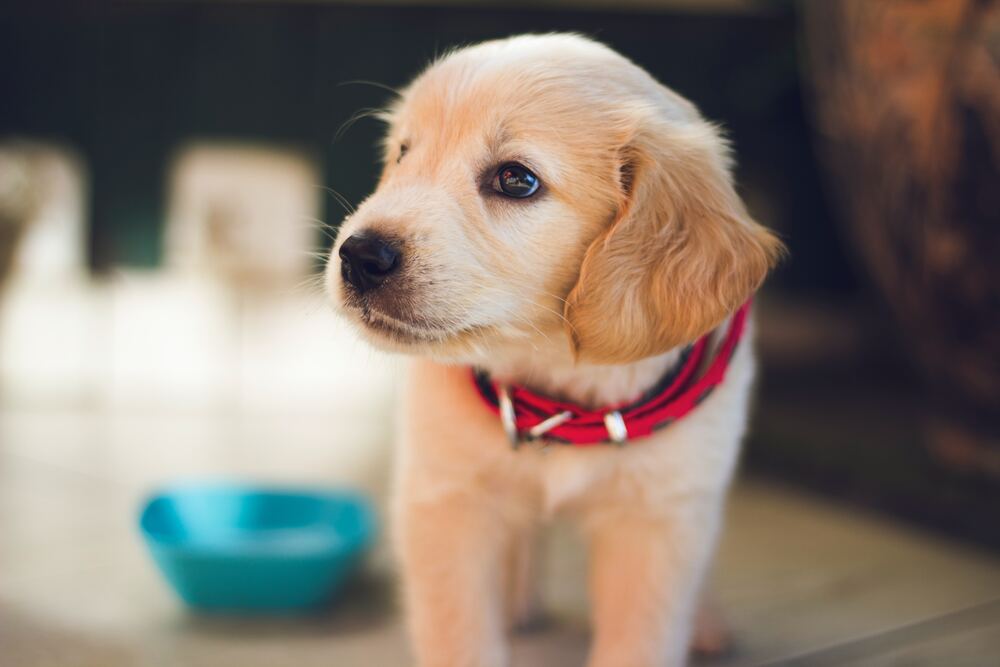
Having a place to sleep
Another essential point is comfortable bed. Think carefully in advance where you will place it. It should provide a sense of security and peace for the newly arrived dog. So it shouldn't be in the middle of everything, not near the heater or in a draft, and at the same time it shouldn't be tucked away in a dark corner. Some dogs are more stressed and will appreciate a kennel-shaped bed where they can hide (especially if you have other dogs or small children at home). The bed should be easy to wash and large enough to fit the dog lengthwise even if it stretches out comfortably while lying down.
Feel free to get two beds and place them in different places around the apartment. For example, one for the bed and one for the living room. Even if you want your partner to sleep in your bed. Even so, he will appreciate his own nest, where he can crawl when he wants peace. You will appreciate it, for example, when traveling, when the fur will be clear about where it belongs.
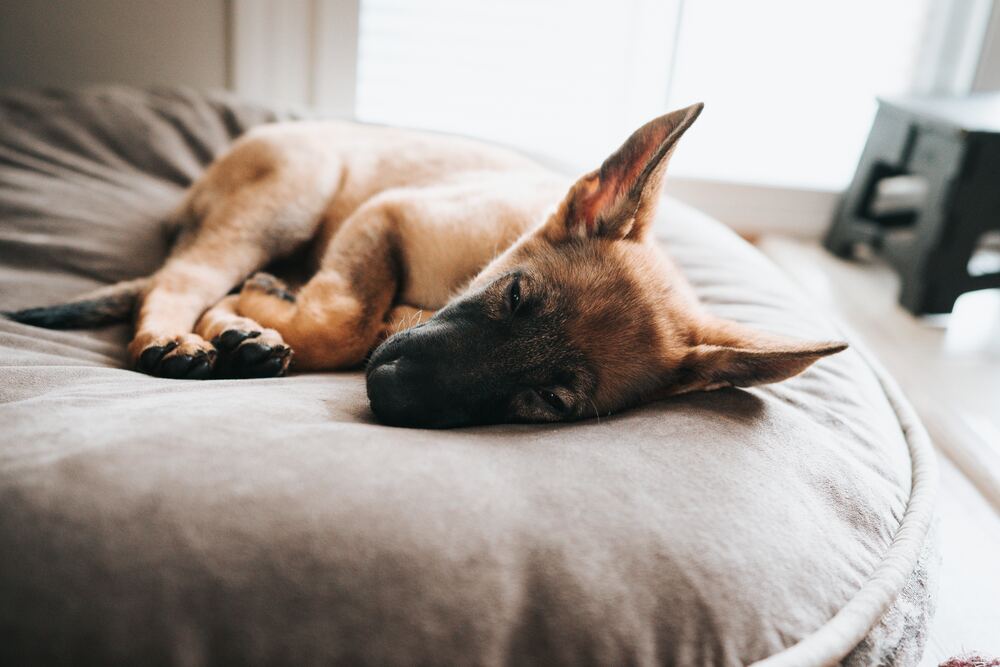
Getting started with a leash
Little puppy on leash is usually not yet fully used. We definitely recommend not leading the dog on a stretchable flexi leash to begin with - thanks to the self-retracting feature, the dog will not realize when it is pulling and you will teach it to pull beautifully in the future. A longer leash is great for exploring the world, on which the dog has more freedom, but you do not lose control over it (ideally a tracker). For more experienced furries, there is a great switchable leash that you can easily adapt to the situation - for a shorter distance at your feet in the hustle and bustle of the big city, it can be adjusted to a different length (2m or 3m) if necessary.
Never jerk with a leash! The dog will associate the negative experience of jerking with the leash and in the future will stiffen with stress whenever you attach it to the leash. You will destroy his trust and teach him to pull away to safety "before the leash".
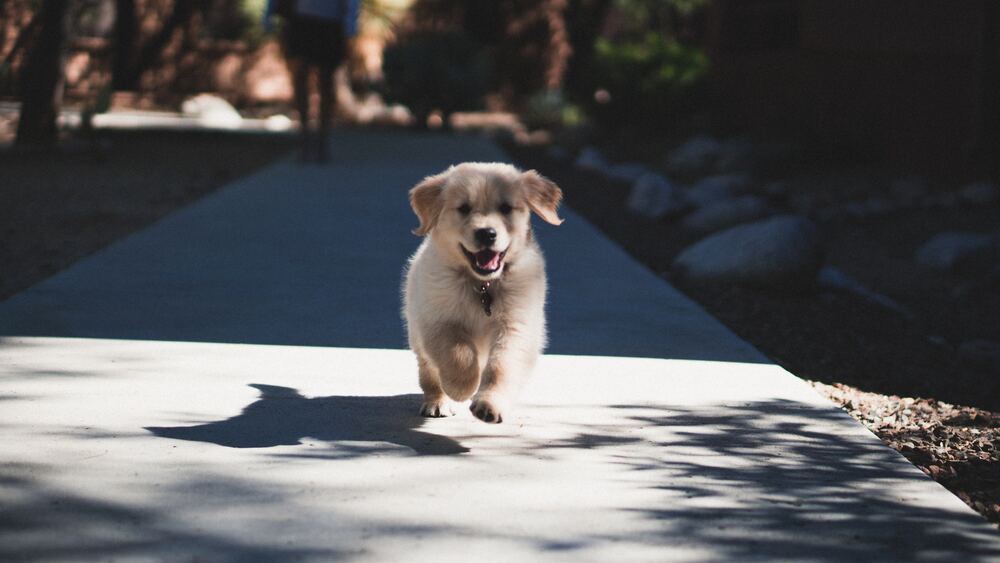
Collar or harness?
For very small puppies it is ideal collar suitable size. As soon as he grows up a bit, get your partner a harness, which is gentler on his cervical spine. A correctly chosen harness does not harm the dog and does not hinder its development. However, it must not restrict the movement of his shoulder blades or compress his breathing tube. It is best if the dog is used to a collar and a harness and can walk nicely on both.
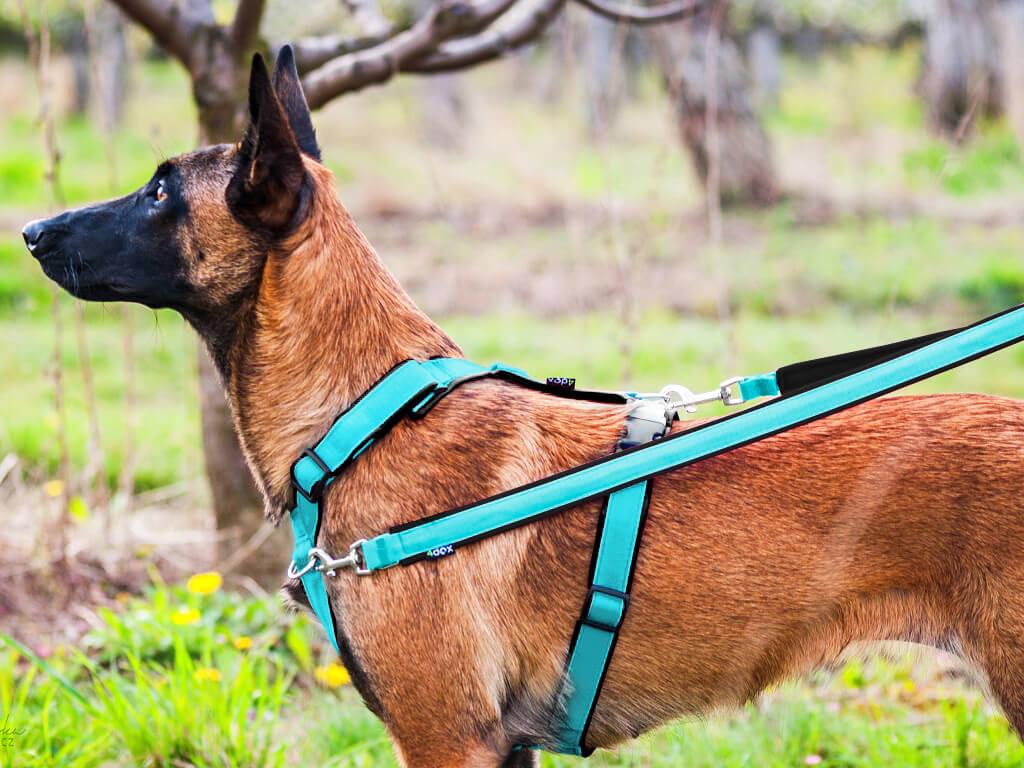
Toys and bites
Just like people, so do puppies changes milk teeth to permanent teeth. This period (between 4 and 7 months) is usually accompanied by an intense desire to bite something. That's why puppy toys are great, which will provide them with relief. Attention, until strong, permanent teeth grow, play with the puppy very gently and carefully.

Regular regimen is important
Dogs need regular mode. Making sure she gets up at the same time, goes out first, then breakfast (or vice versa), then the master goes away. He comes, does the same things and brings order to the day, which is extremely calming for the dog. It helps both adults and puppies. After arriving home, immediately start operating the chosen order. Take your little puppy out first, even at night, so that he really understands walking outside, and repeat all the other actions with iron regularity. A small puppy usually needs to be fed 4-5 times a day. Take him for regular walks, play at the same time. You will see that he will quickly get used to you.
Don't forget to gradually accustom the puppy to solitude from day one. Gradually increase the time alone, minute by minute. In this way, you will prevent the burning problem of most dog owners - separation anxiety, which, when it arises, is difficult to eliminate. Ridding a dog of separation anxiety is often a process of several months or years.
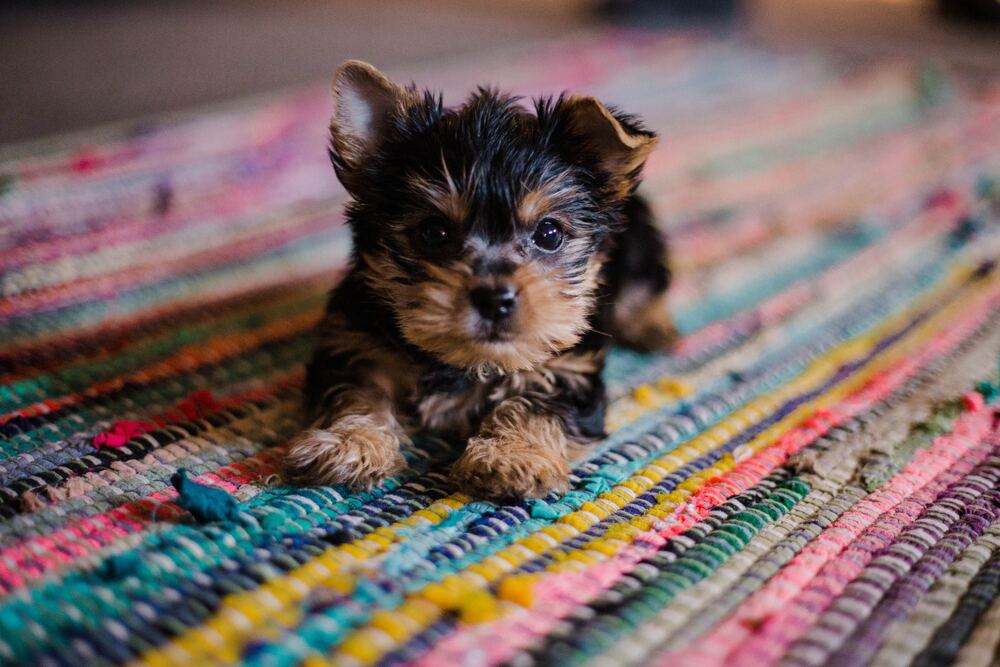

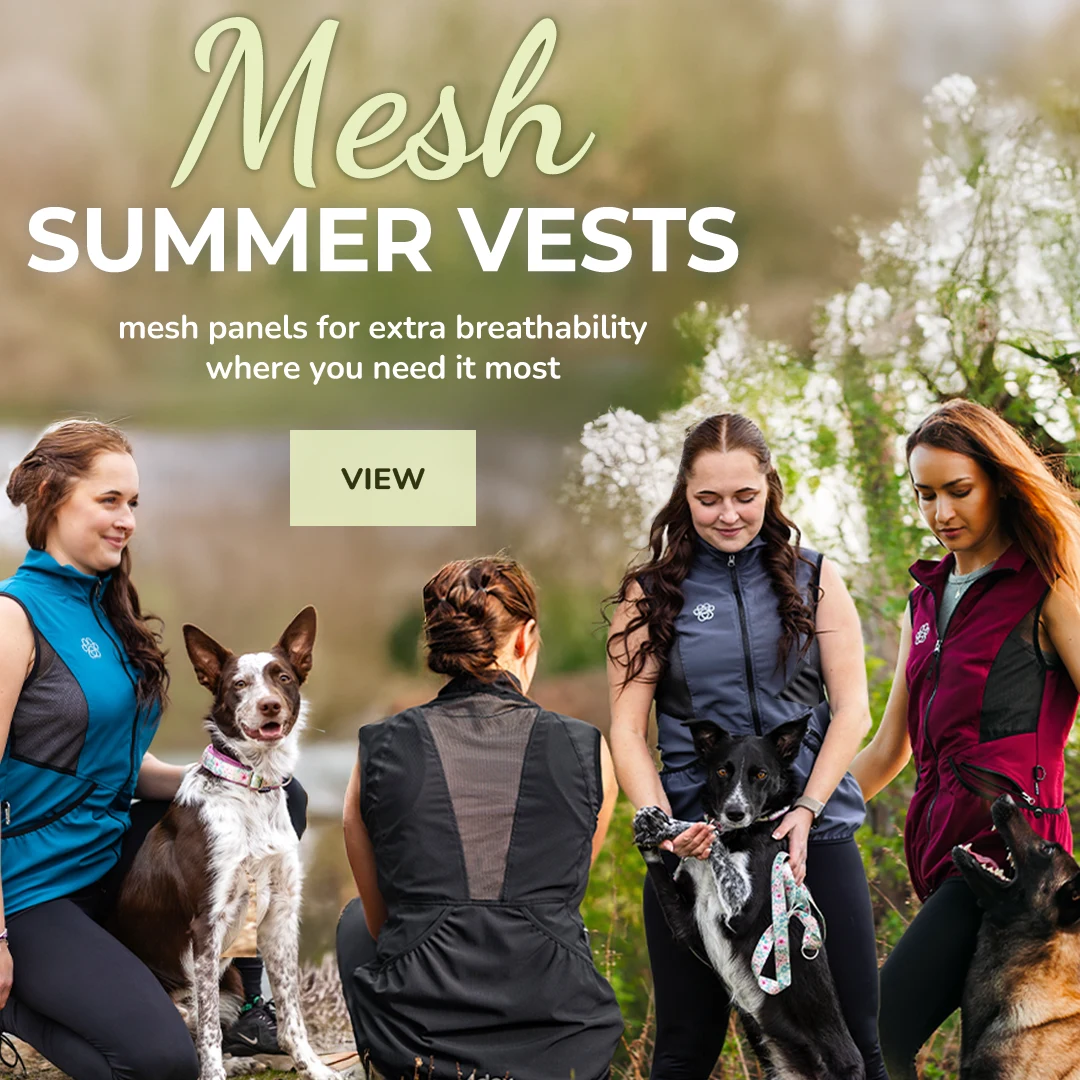
 Cookie - Settings
Cookie - Settings
